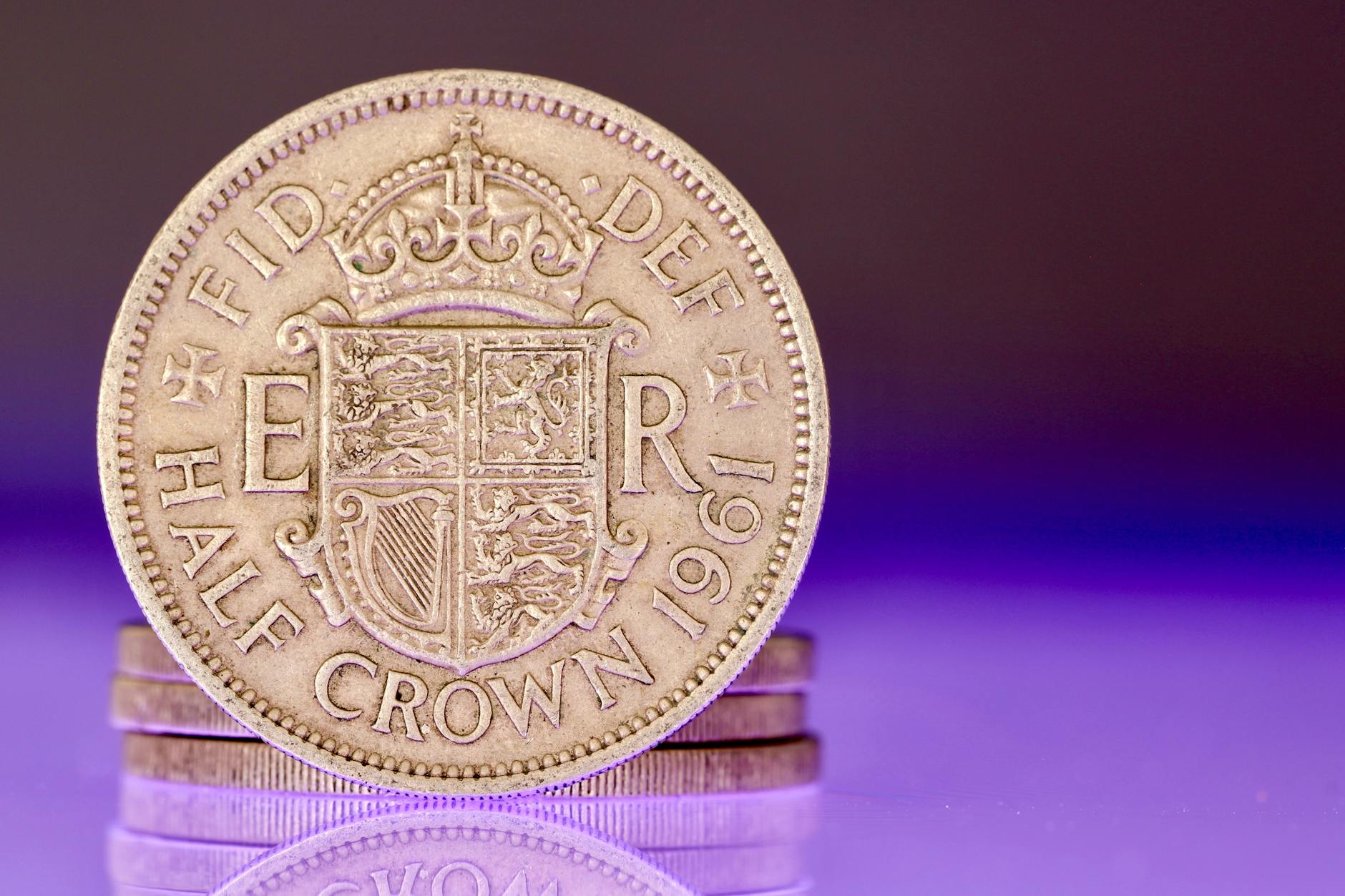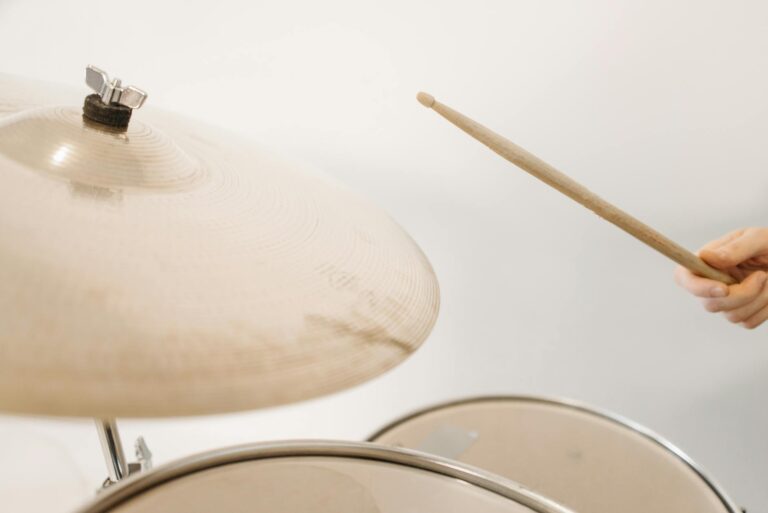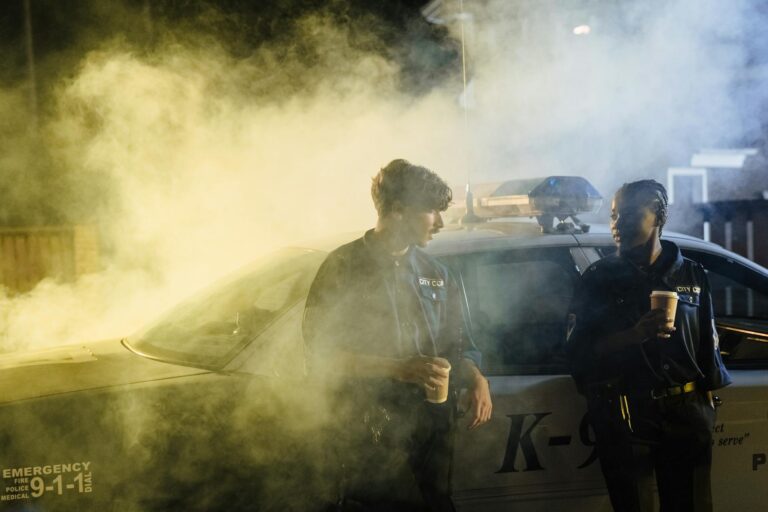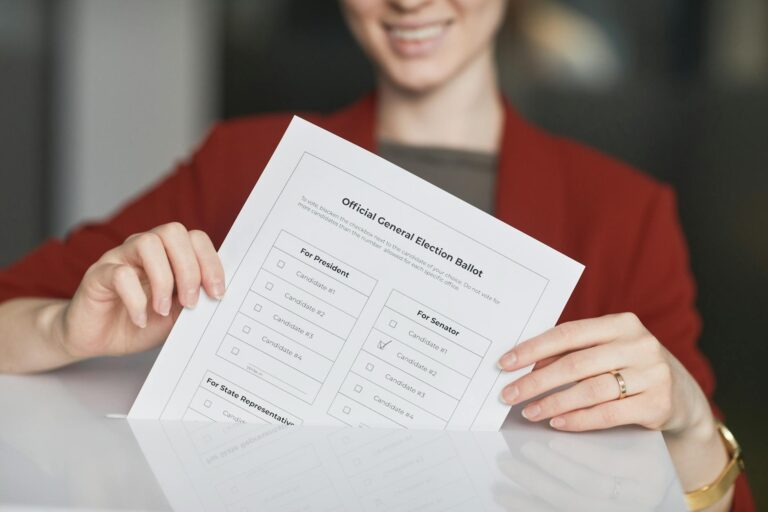
“`html
Vijay Mallya Claims Banks Recovered ₹14,000 Cr Against ₹6,203 Cr Loan
Vijay Mallya, the embattled liquor tycoon, has once again stirred controversy by claiming that banks have recovered nearly ₹14,000 crore against a loan of ₹6,203 crore. His statement, made amid ongoing legal battles, raises fresh questions about the actual recovery process and the Enforcement Directorate’s (ED) role in the case. Mallya insists he is “the one under attack” despite what he calls a substantial repayment. But is his claim as straightforward as it seems?
Vijay Mallya’s Claims: Banks Recovered ₹14,000 Cr vs. ₹6,203 Cr Loan
Mallya’s argument hinges on a simple yet bold assertion: banks have recovered more than double the original loan amount. Here’s the breakdown:
- Original loan amount: ₹6,203 crore (disbursed to Kingfisher Airlines)
- Alleged recovery by banks: ₹14,000 crore (via asset sales and other means)
Mallya contends that the banks have been repaid “multiple times over,” yet he continues to face legal scrutiny. In a recent statement, he likened his situation to “a debtor being chased long after clearing dues”—a comparison that has sparked debate. But with banks refusing to provide account statements, the truth remains murky.
Legal Battle: Mallya Approaches Karnataka High Court
Frustrated by the lack of transparency, Mallya has approached the Karnataka High Court, seeking clarity on two key issues:
- Account statements: Despite repeated reminders, banks have allegedly failed to furnish detailed records of recoveries.
- Outstanding dues: Mallya wants the court to verify whether any legitimate dues remain.
This move comes years after his high-profile extradition from the UK, where he faced charges of fraud and money laundering. Legal experts suggest this could be a strategic attempt to shift the narrative in his favor. But will the courts buy his argument?
Banks’ and ED’s Stance on Recovery
The banks and the ED have a different take. While Mallya claims ₹14,000 crore has been recovered, official records paint a more complicated picture:
- Banks’ perspective: Liquidating assets tied to the loan (like Kingfisher House and other collateral) has been slow and contentious. Some argue the actual recovery is far lower.
- ED’s role: The agency has previously claimed credit for recovering funds, but Mallya disputes their calculations, calling them “inflated.”
One banking insider, speaking anonymously, compared the situation to “selling a luxury car at a scrap yard’s price”—hinting at the challenges of recovering fair value from distressed assets.
Public and Political Reactions
Mallya’s claims have drawn mixed reactions:
- Financial experts: Some question the feasibility of recovering double the loan amount, given the depreciating value of seized assets.
- Political voices: Opposition leaders have used the case to criticize the government’s handling of high-profile financial frauds, while the Finance Ministry has remained tight-lipped.
Public sentiment, meanwhile, is divided. While some view Mallya as a fugitive avoiding accountability, others see his latest move as a legitimate demand for transparency.
Conclusion
Vijay Mallya’s latest claims add another layer to an already convoluted legal saga. If banks have indeed recovered ₹14,000 crore, why is there no clarity? And if they haven’t, why hasn’t Mallya’s side been formally refuted? The Karnataka High Court’s intervention could finally bring some answers—or deepen the mystery further.
What’s your take? Is Mallya’s argument valid, or is this another attempt to deflect blame?
Source: Livemint – Companies
“`












